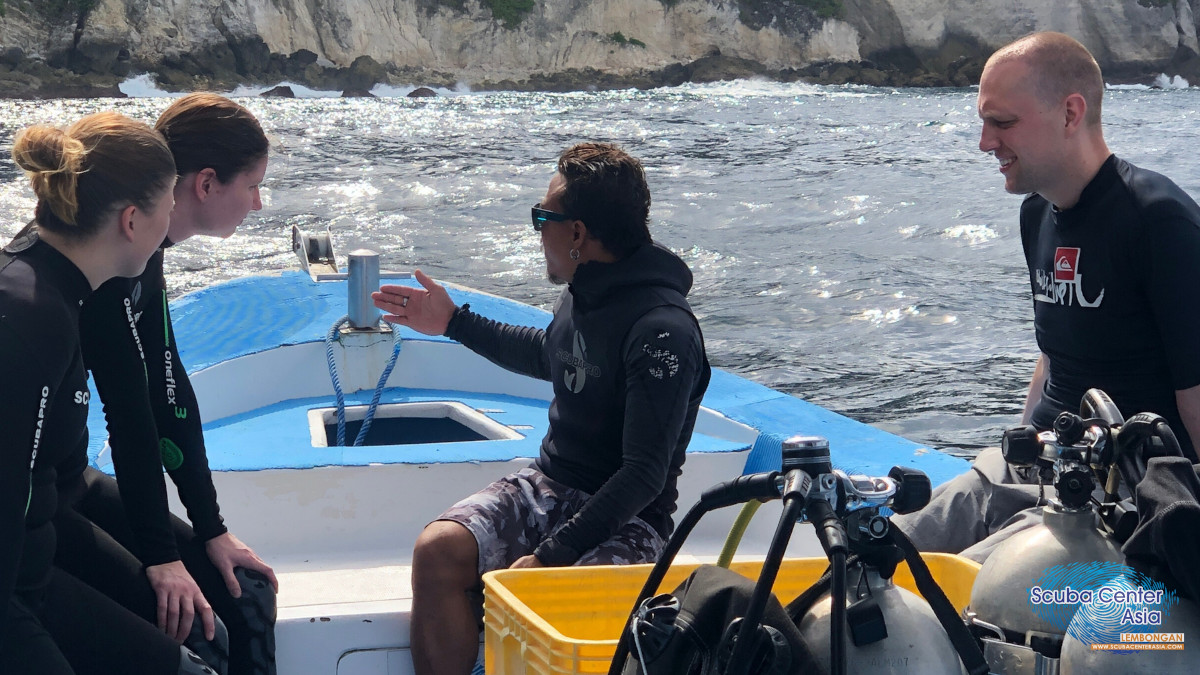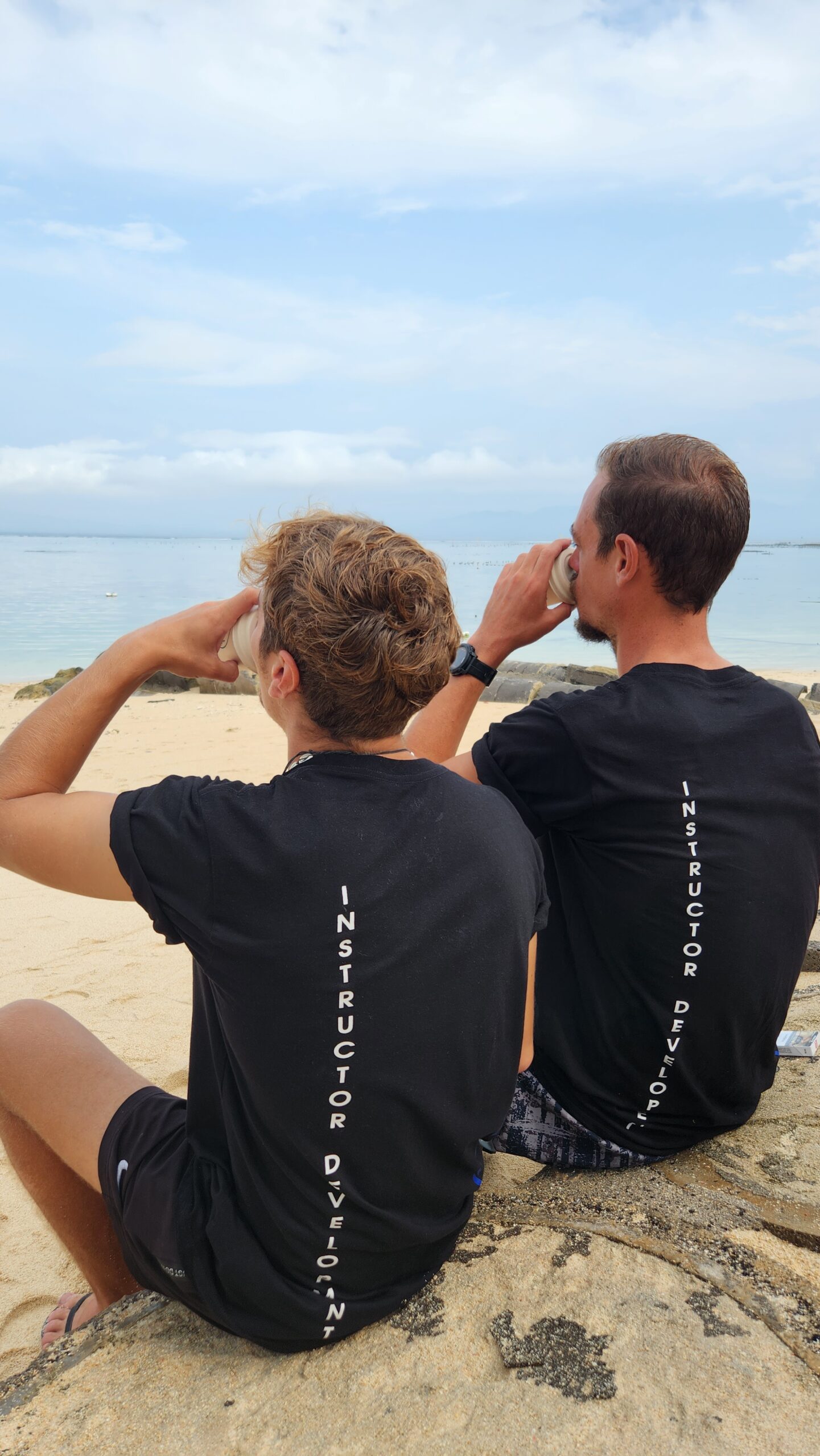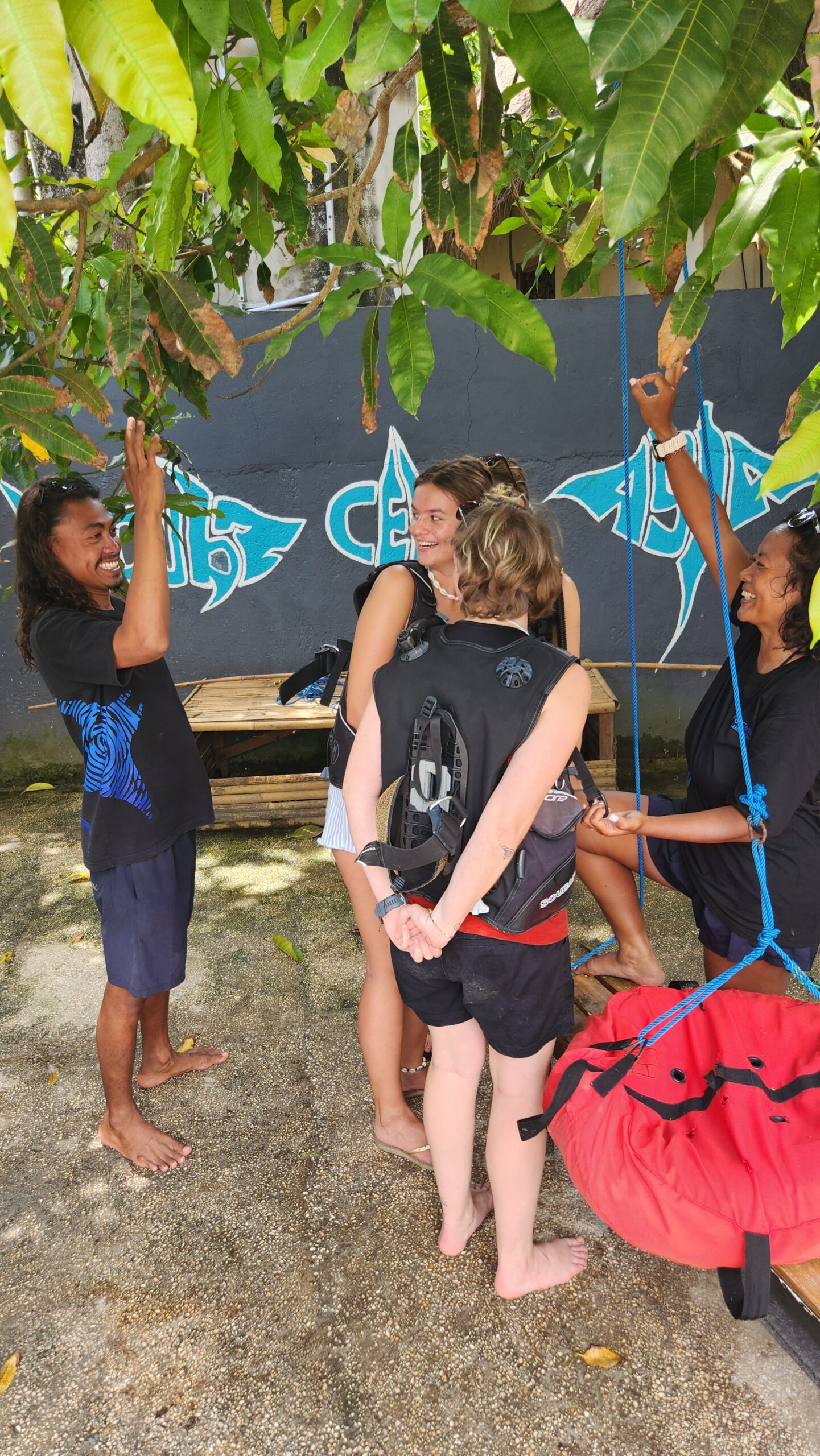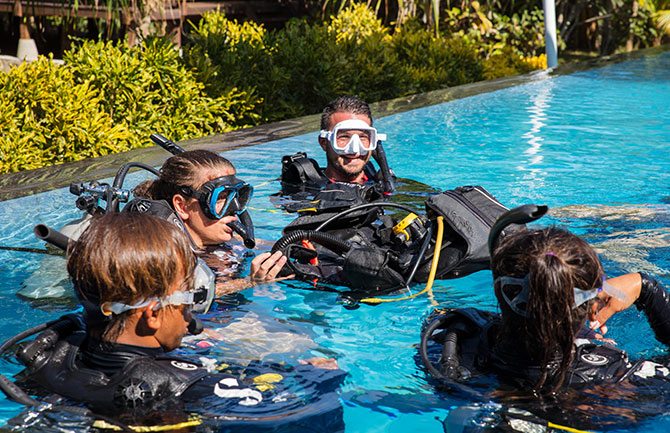1. The PADI IDC at Scuba Center Asia: It's FUN!
One thing we can honestly say is that the IDC at Scuba Center Asia is a lot of fun! It wasn't your ordinary classroom snoozefest. It was all about getting hands-on with our Dive Instructors, who brought the passion and made learning a blast. No dull lectures here—just practical, interactive sessions that kept us stoked and ready for action.
For example in the pool and in open water where we learned to teach with members of the Scuba Center Asia team as our students, often resulting in situations that made us giggle in our regulators. Of course, becoming an instructor includes learning about serious topics in the classroom, but if things tend to get too serious, rest assured that Yayan pops in with his happy face and a joke or two.
2. The PADI IDC at Scuba Center Asia: Too cool for school!
Yes, your Dive Instructor course will consist of theory and study, no doubt about that. Yet how all this is presented is accessible. The Pro team of Scuba Center Asia will include a ton of anecdotes that make information more interesting and easier to remember.
The Course Directors, have the best knowledge there is and besides that a lot of experience in the field. Together with the IDC staff like Pimpin or Yayan we now know all there is to learn about the functioning of our own body and the amazing environments we dive in every day. It is way too cool to learn about these things to call it school!
3. The PADI IDC at Scuba Center Asia: Foodie Heaven
Let's talk about the grub. Scuba Center Asia hooked us up with some seriously tasty treats throughout our IDC journey. From midday snacks to the best Indonesian homemade dishes you can find anywhere on the island. The kitchen staff made sure we were well-fed and ready to tackle anything that came our way.
Your IDC is an intense period full of study and practice, and it is easy to forget to take good care of yourself. Luckily this is not something you have to worry about. In fact, you don’t need to worry about anything because the Pro Team together with the kitchen staff and logistical boys will take care of each side issue that might occur. Most importantly, the kitchen ladies and restaurant staff, take care of the food and drinks. Every day a delicious and fresh lunch is provided to sustain you for a full day of practice and fun.



















